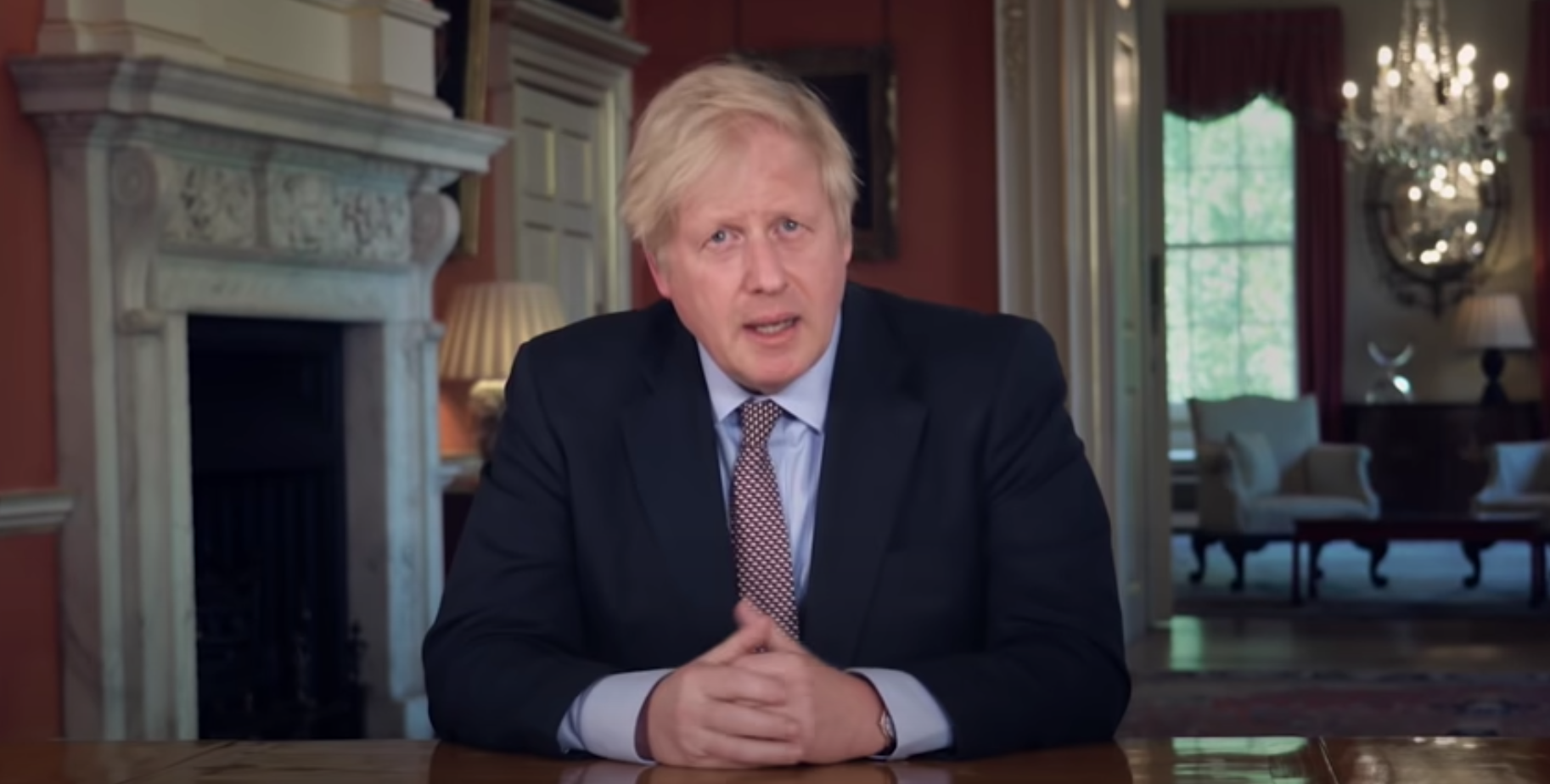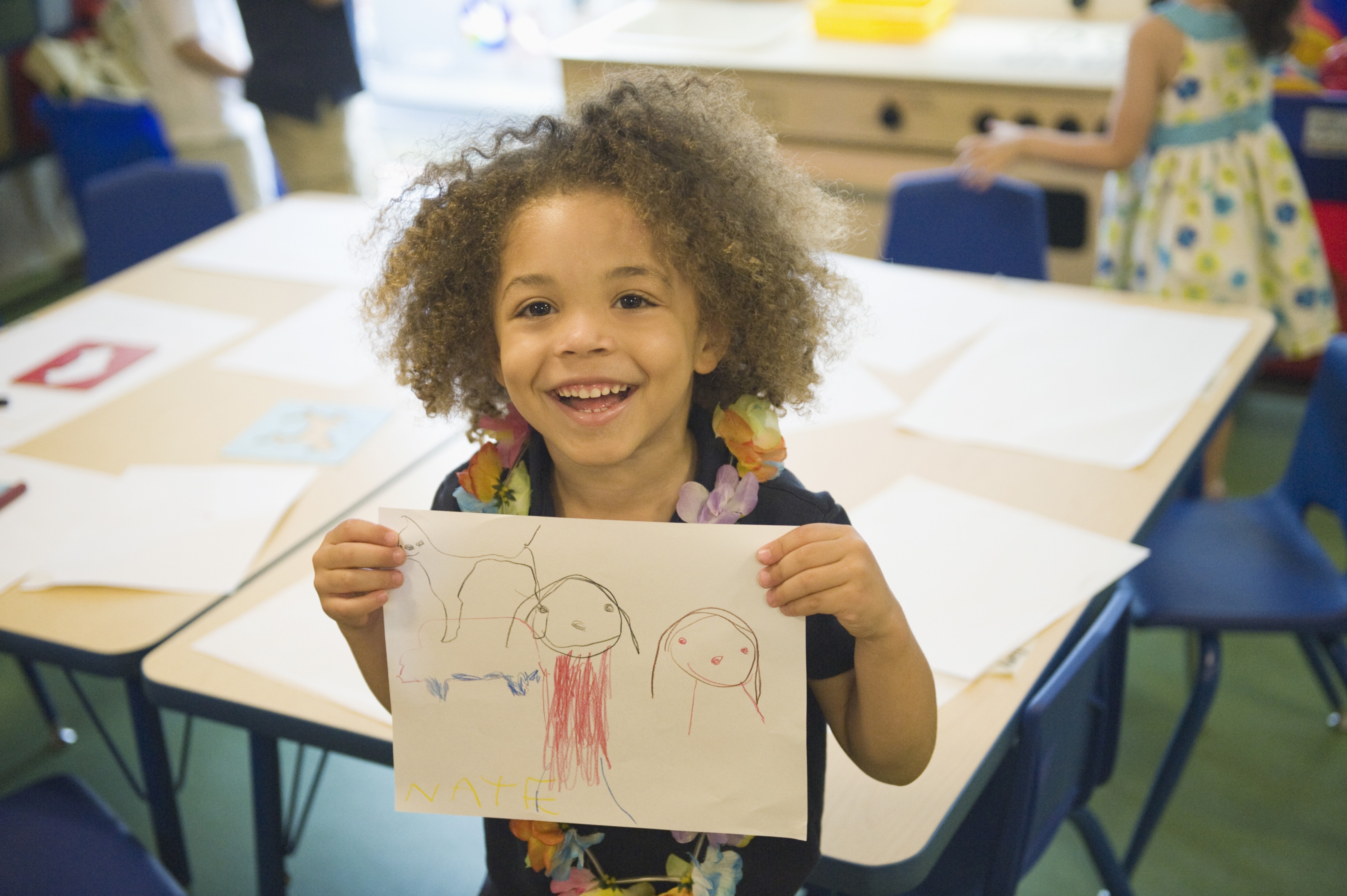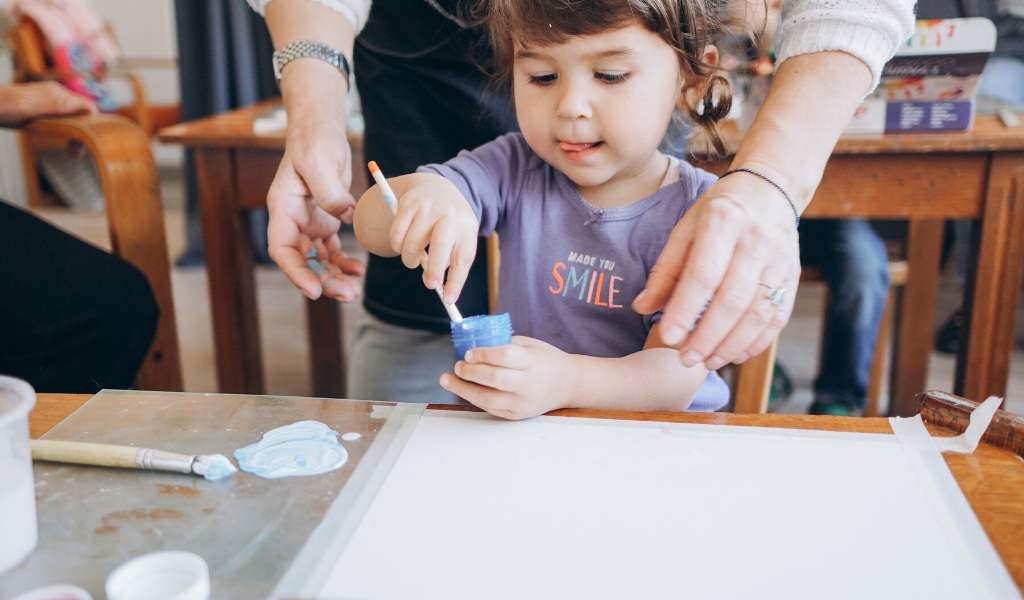So much seems to be changing and it can be really hard to keep up with it all, so we asked our early years expert Sue Asquith to break some of the information down and give you some useful ideas for transitioning out of lockdown.
On Sunday 10 May 2020 at 7pm the UK Prime Minister, Boris Johnson delivered his Special Coronavirus Update, announcing a ‘roadmap’ with a conditional 3-step plan to ease restrictions. We need to remember that:
Boris “actively encouraged” those in the construction and manufacturing industries to return to work if they can’t work from home. Sadly, there was no reference whatsoever to childcare for any children of these workers. This sparked lots of questions on socials asking for clarification.

Later that evening a Facebook post from the Department for Education (DfE) shed some light on the matter ‘As confirmed by the Prime Minister this evening, we are asking education and childcare settings to prepare to open for more children from 1 June. We will publish further guidance setting out more information for early years, schools and colleges tomorrow’.
Unfortunately, Sunday’s update and the (sometimes conflicting) guidance documents of Monday, left the early years sector and parents with more questions than answers. There were three messages for childminders in 48 hours. The Government road map Step 1 seemingly stating that childminders should return to work from 13 May – being at odds with separate guidance published by the Department for Education, that early years settings should open for more children from 1 June. The latest information for childminders came from the DfE via Nursery World 12 May, lighting up social media during the evening with yet more questions:
‘Our published guidance sets out that childminders and early years settings can open to more children from 1 June.
‘In line with the prime minister’s drive to get more people back into work where possible and to align with the Government’s position on nannies, we are updating our guidance for early years settings to be clear that paid childcare can be provided to the children of one household from Wednesday 13 May.
‘This includes childminders who may choose to look after the children of one household, if they are not already looking after vulnerable children or children of critical workers.’
Updated guidance from the Government, the DfE and Ofsted emerged during the week to helps us think about how our ‘new norm’ might look. Leaders and managers (I include childminders in this phrase) are now starting to ‘prepare to open for more children from 1 June’. We need to remember that 1 June is in step 2 of the Government’s conditional plan, the daily coronavirus updates will keep us updated with the ‘R’ (reproduction rate) and your Local Authority may also have information specific to your area.
It is really important to keep up with all credible news updates, for example, the statement from the UK Chief Medical Officers on an update to coronavirus symptoms: 18 March 2020 ‘From today, all individuals should self-isolate if they develop a new continuous cough or fever or anosmia. Anosmia is the loss of or a change in your normal sense of smell. It can also affect your sense of taste as the two are closely linked.’

Of course, some settings will have remained open for ‘keyworker children’, working within a new set of parameters and risk assessments. Whilst others will have made the heart-breaking decision to temporarily close their doors during the pandemic.
As the early years leaders and managers contemplate the reintegration of staff and welcome back ‘more children’, they need to consider how they can support the physical and emotional wellbeing of staff and children, whilst considering any anxieties from parents/carers too.

Careful thought needs to be given to helping children to re-settle back into childcare. They will have been at home for 10 weeks or more, #stayathome routines will be established, including social distancing from friends and extended family. There may be confusion and worry about mixing socially again. Separation anxiety may be an issue having been at home 24/7 they are likely to miss their family members; they may be very confused and even traumatised by recent significant events in their lives.
Settling (re-settling) visits may be difficult to facilitate with extra adults on-site and space to facilitate social distancing, etc. Regular video calls throughout ‘lockdown’ and running up to children restarting may keep you to remain a consistent and familiar face.
Once you re-open or more children start to attend, how will drop off and collections work? For example, is it possible for one member of staff to greet older children attending sessional care at the door, facilitating “goodbyes” to their adults, entering the premises and washing their hands? If not, perhaps staggering starting times so there are not as many adults and children in one space at the same time might work?
Be patient. Life has thrown a curve ball for us all. We have all had to make lots of changes in the last few months. Parents may have experienced their child’s meltdowns and possibly regressions in behaviour. These may reoccur as life changes again!

I do not have all the answers in a short blog but here are some things to consider:
Department for Education, Actions for early years and childcare providers during the coronavirus outbreak (24 March 2020, updated 15 May 2020)
Department for Education, Coronavirus (COVID-19): implementing protective measures in education and childcare settings (11 May 2020, updated 12 May 2020)
Department for Health and Social Care, Statement from the UK Chief Medical Officers on an update to coronavirus symptoms (18 May 2020)
HM Government, Our plan to rebuild: The UK Government’s COVID-19 recovery strategy (May 2020, updated 12 May 2020)
Nursery World, DfE confirms that childminders can now open from tomorrow for children from one household (12 May 2020)

Follow Sue on Twitter here
Join Sue’s Early Childhood Consultant Facebook group here